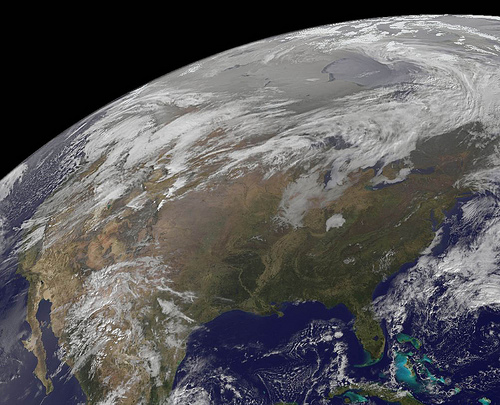By Katherine Gibson (Contributor) – Email
Print Edition: March 20, 2013
A little under a month ago the Canadian Department of National Defence (DND) launched a satellite named Sapphire into space.
Sapphire isn’t just the first satellite ever launched into space by the DND; it is also directly linked to a satellite dish on top of the library building at UFV’s Abbotsford campus.
Sent primarily to monitor debris and keep track of the orbit of other satellites, Sapphire will actively aid Canadian security.
As Lucy Lee, the dean of sciences at UFV, explains, “satellites are not entities on their own; they have to communicate with Earth.”
In order to support the communication process between Sapphire and the satellite dish, open locations outside the satellite interference of larger cities are chosen – open locations like Abbotsford’s UFV campus. Beyond this, the location must be sturdy enough to maintain the dish and keep it stable.
“You need a building—a base—that is sound, doesn’t shake, and is really well built,” Lee says, “And our library [building] fits this well.”
The Sapphire also fits into a larger conversation regarding sustainability. Bottom line: space is becoming crowded.
“Right now there are approximately 3500 satellites in orbit,” Lee says, “and that number is growing.”
“There are lots of launch rocket remnants,” she continues, “There are also mission-related debris and fragmentation debris from objects that have broken apart or collided in space.”
The growing presence of this type of debris is what causes problems.
As Lee explains, “the probability of collisions is increasing with every satellite we send up into space.”
These collisions—most notably a crash between an American and Russian satellite in 2009—create massive amounts of debris that remain orbiting in space and further add to the crowding. In order to help prevent these collisions, scientists need access to specific technology capable of tracking and plotting debris.
Enter Sapphire, a satellite created with this exact intent in mind; not only is it helping track space junk and prevent accidents, but UFV is helping it along.


